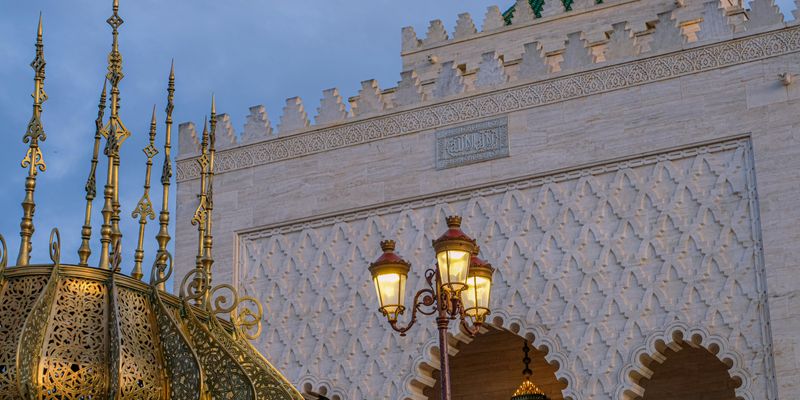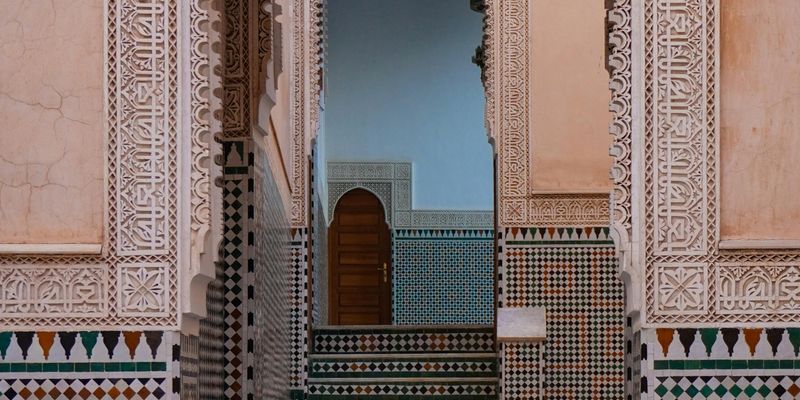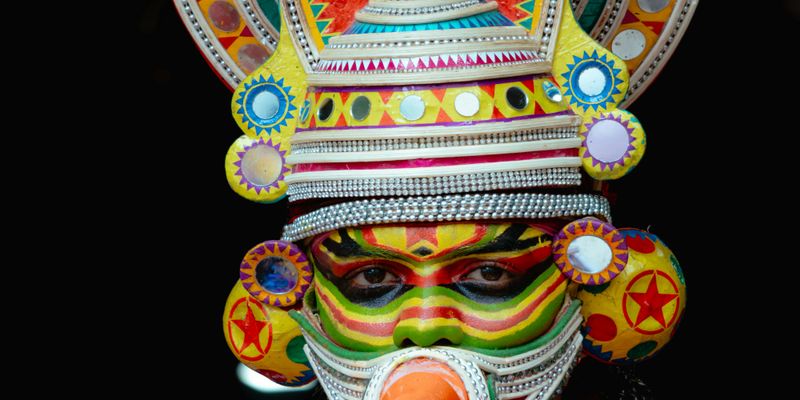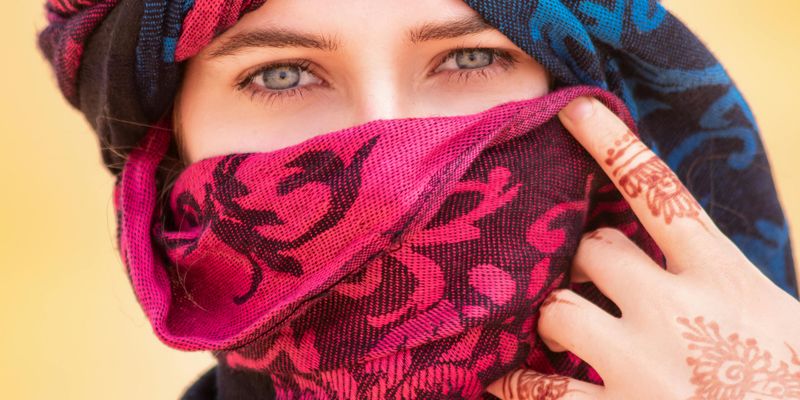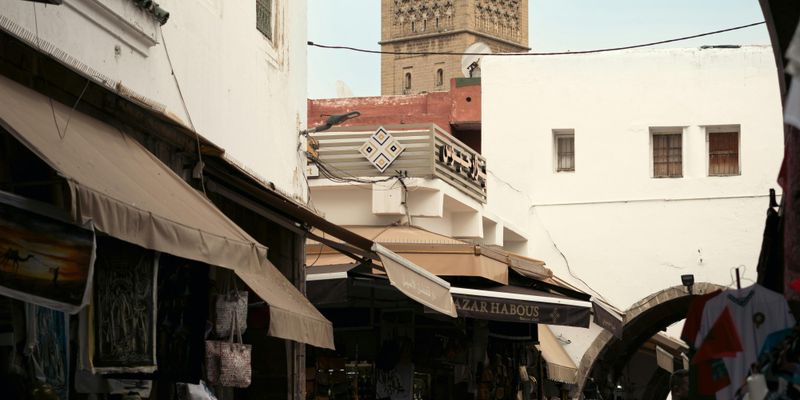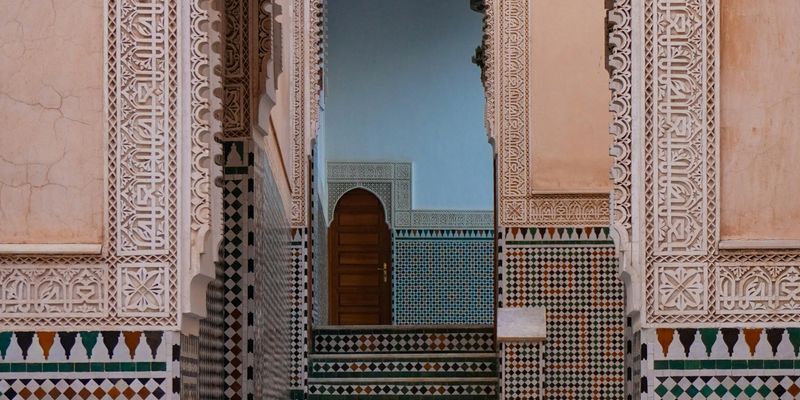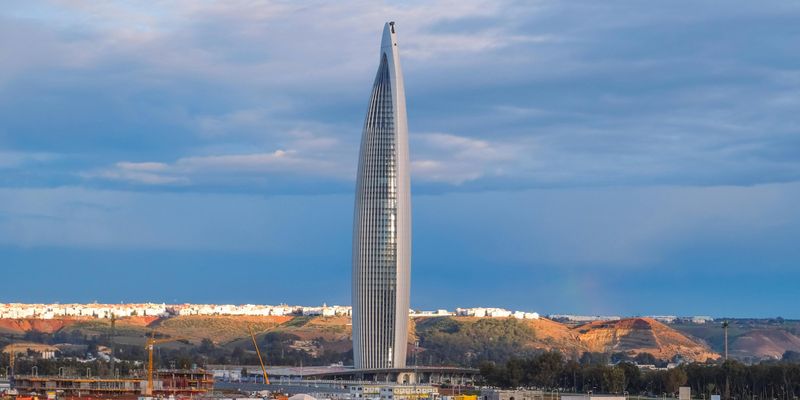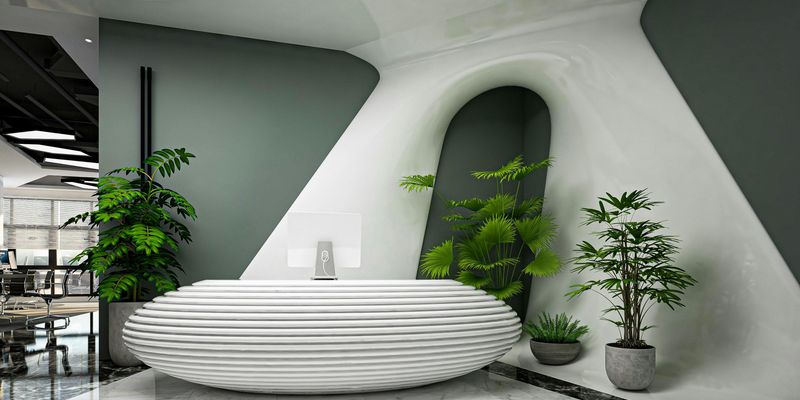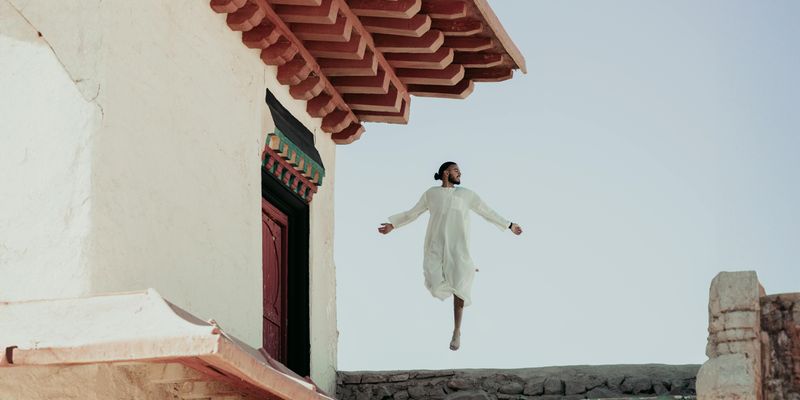
Exploring the Tapestry of Morocco
Morocco, a country that lies at the crossroads of Europe, Africa, and the Middle East, boasts a rich cultural heritage that is deeply woven into its very fabric. From the chaotic yet harmonious souks of Marrakech to the serene coastal towns like Essaouira, every corner of this beautiful nation tells a story of its diverse influences. The cultural imprint of the Berbers, Arabs, French, and Spaniards is evident in Morocco's art, architecture, language, and way of life.
The Influence of Berber Culture
Let’s start with the indigenous Berber community, one of the oldest cultures in North Africa. Known as "Amazigh" (free people), the Berbers have a rich history reflected in their language, music, and crafts. The vibrant patterns of Berber rugs, woven meticulously by skilled hands in the Atlas Mountains, tell tales of their ancestral lineage. During my travels through the mountainous regions, I’ve marveled at the craftsmanship and pride that goes into each piece, making them not just decor but narrators of identity and history.
The Impact of Islamic Architecture
As one wanders through the streets of Fez and Marrakech, one cannot help but be enchanted by the stunning Islamic architecture. Ornate mosques and palaces stand as testaments to the artistic genius of the past. The intricate tilework, known as "zellij," and the delicate plaster carvings evoke a sense of nostalgia for an age of beauty and artistry. The Bou Inania Madrasa in Fez is a must-visit; its architectural elegance leaves every visitor spellbound. Standing under the grand arches, I often find myself lost in thought, imagining the scholars who once thrived in such inspiring surroundings.
Culinary Traditions: A Feast for the Senses
No exploration of Moroccan culture is complete without indulging in its culinary delights. Moroccan cuisine is a fragrant mix of spices, where every dish carries its own unique story. At a local riad, I had the pleasure of joining a cooking class. We prepared classics like tagine and couscous, learning about the significance of each ingredient. The use of saffron, preserved lemons, and olives showcases the land's fertile offerings, while the communal nature of meals highlights the importance of family and friendship in Moroccan culture.
A Living Heritage: Music and Festivals
Moroccan music is as diverse as its people, with influences from Berber, Arab, and even sub-Saharan African traditions. The lively rhythms of "gnawa" music can be heard during festivals, such as the famous "Gnaoua World Music Festival" in Essaouira, where people from all over the globe unite in a celebration of music and culture. I remember attending this festival and feeling a part of something much larger, where boundaries dissolve and everyone dances to the same beat.
Craftsmanship and Artisan Traditions
Lastly, a visit to Morocco is incomplete without engaging with its artisans. The skill of our craftsmen is remarkable; whether it’s the delicate leather goods of Marrakechi souks or the stunning ceramics from Safi, each item represents hours of labor and love. I often find myself wandering through the narrow streets lined with workshop doors, watching craftsmen at work and appreciating the cultural heritage embedded in each product. The iftars during Ramadan offer another beautiful perspective of togetherness through food and sharing stories, enhancing our sense of community.
Conclusion: A Tapestry to Share
In conclusion, Morocco's rich cultural heritage is a treasure waiting to be explored. It is an evolving narrative that honors traditions while embracing modernity. Every visit to this vibrant country reminds me of the beauty in diversity, the warmth of its people, and the stories embedded in every landscape. With its unique blend of art, history, and flavors, Morocco invites everyone to be part of its ongoing tale. Whether you are an intrepid traveler or a curious mind, immersing yourself in the cultural wonders of Morocco promises an unforgettable experience.
